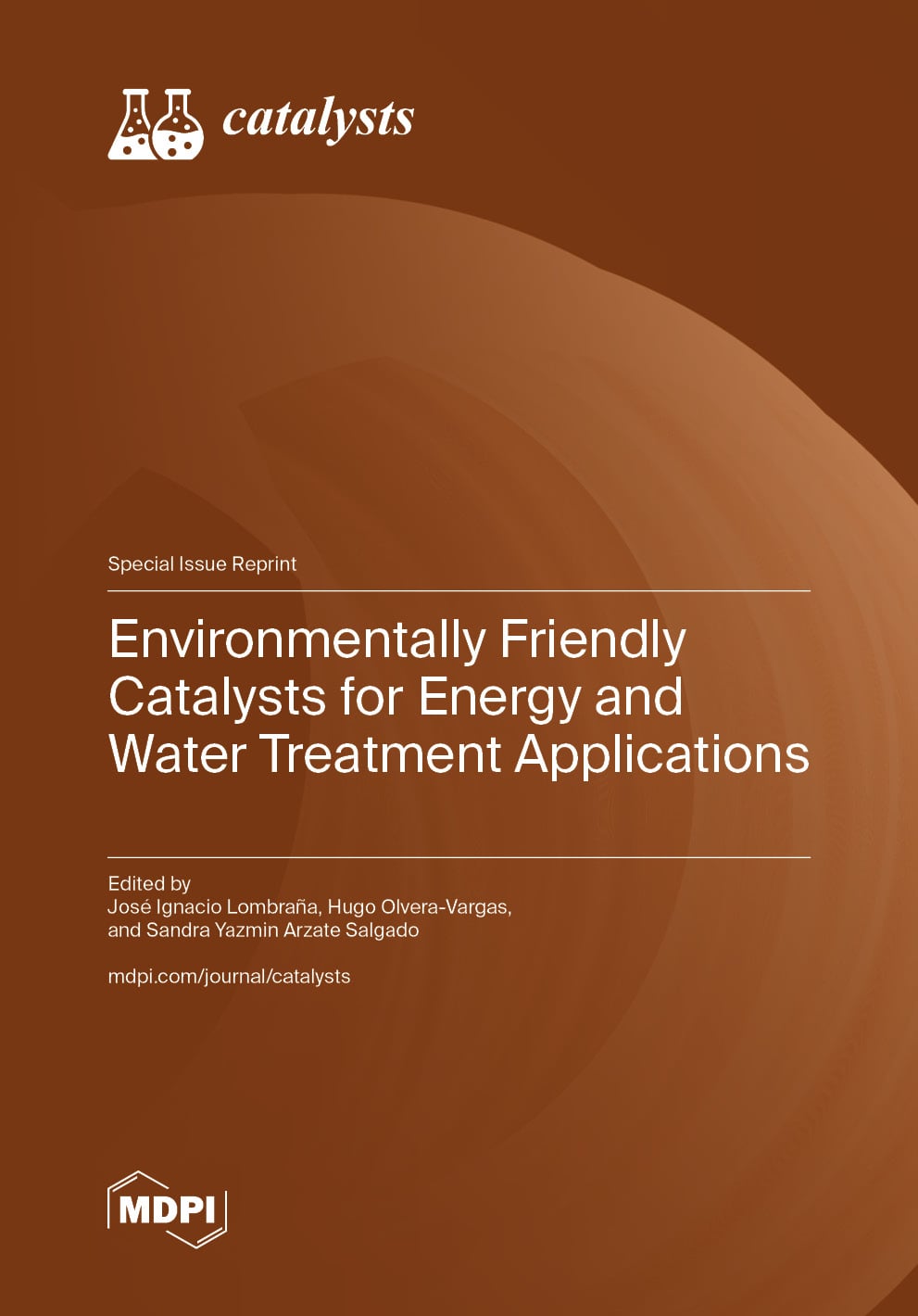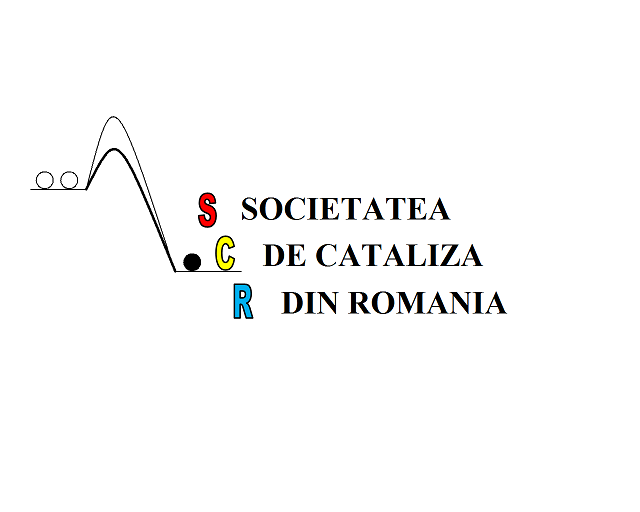- 4.0Impact Factor
- 7.6CiteScore
- 17 daysTime to First Decision
Catalysts
Catalysts is an international, peer-reviewed, open access journal of catalysts and catalyzed reactions, published monthly online by MDPI.
The Romanian Catalysis Society (RCS) is affiliated with Catalysts and its members receive discounts on the article processing charges.
Quartile Ranking JCR - Q2 (Chemistry, Physical)
All Articles
News & Conferences
Issues
Open for Submission
Editor's Choice
Reprints of Collections

Reprint
Environmentally Friendly Catalysts for Energy and Water Treatment Applications
Editors: José Ignacio Lombraña, Hugo Olvera Vargas, Sandra Yazmin Arzate Salgado

Reprint
Zeolites as Catalysts
Applications in Chemical Engineering, Energy Sources and Environmental Protection, 2nd EditionEditors: De Fang


